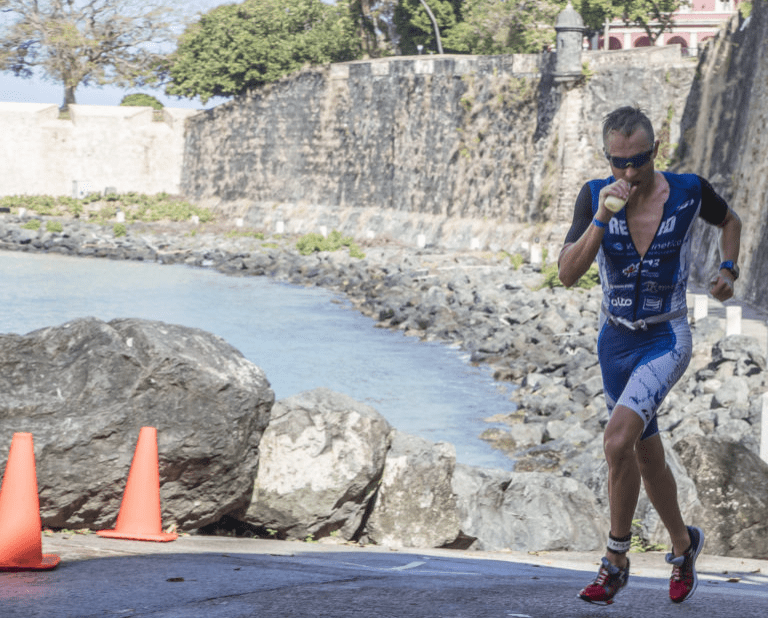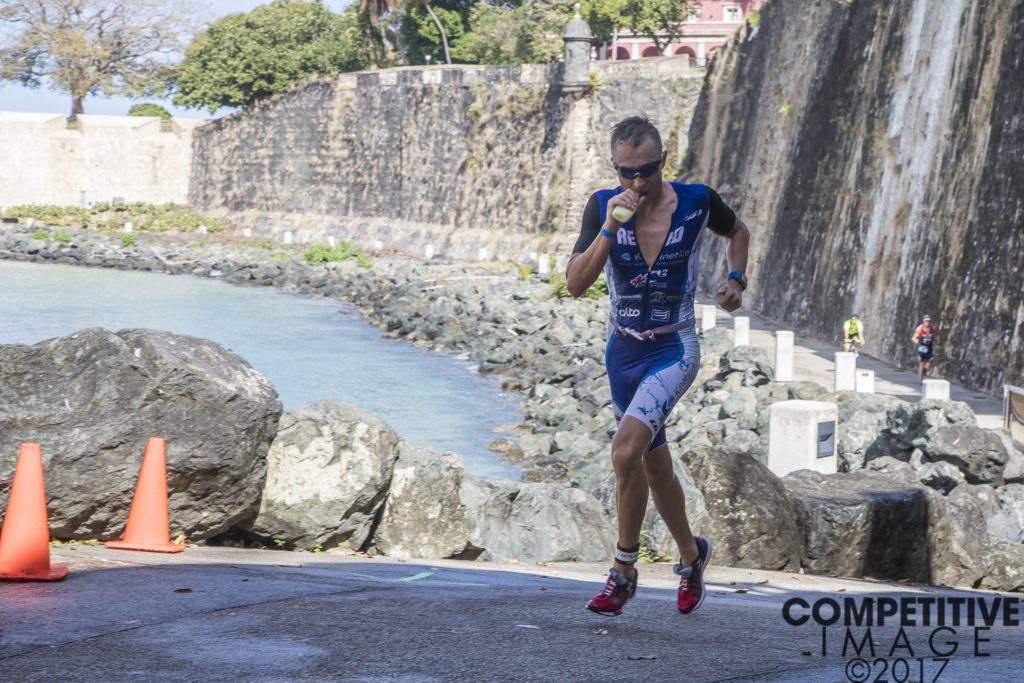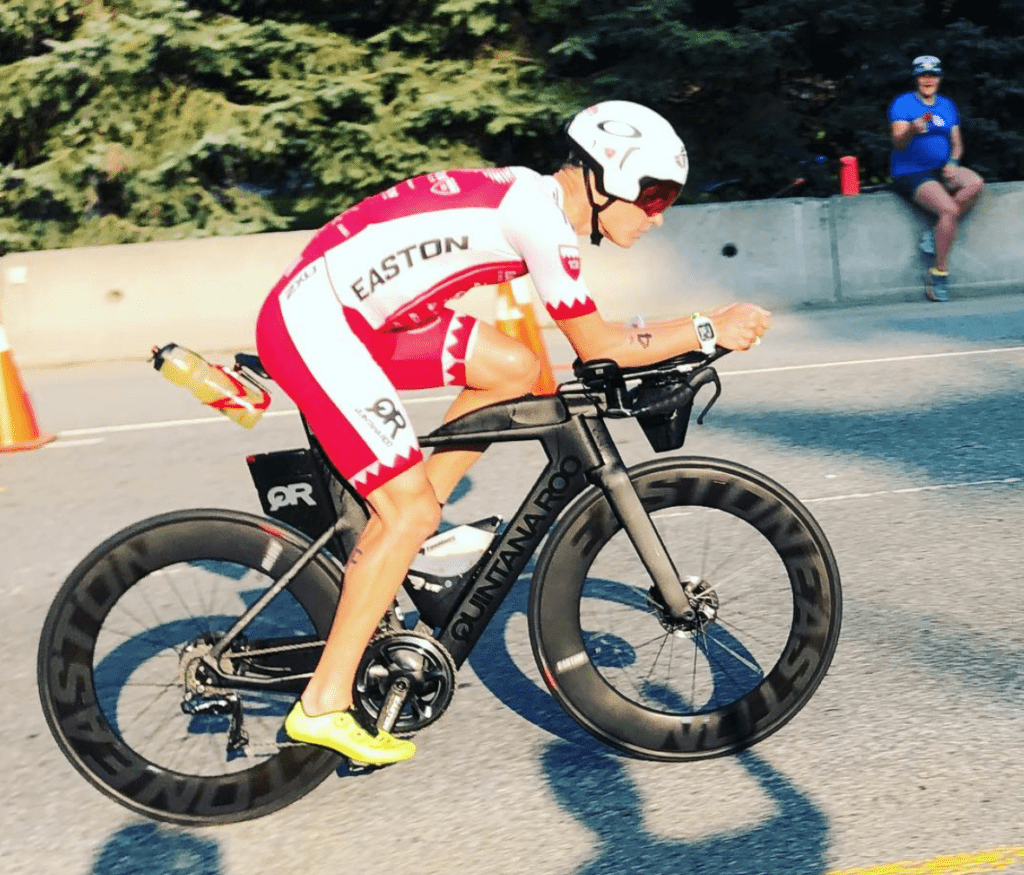New study says habitual heat exposure is a key to performance
The importance of mimicking race day conditions in training


In a recent study published in the Journal of Human Performance in Extreme Environments, researchers analyzed the results from the Marathon des Sables and effects heat exposure had on performance. Marathon des Sables is a week-long ultra-endurance running race in the Sahara Desert.
From 2000 to 2015, over 12,000 individuals participated in the event. The runners were grouped into cold (-5 to 15 degrees Celsius) and hot (15 to 35 degrees Celsius) countries based on the temperature of their home country one month from the start of the race. The results showed that runners from warmer climates ran approximately 11% faster than those from cooler.
The results may not come as a huge surprise, but they do raise the importance of mimicking race day conditions in training. Brent McMahon, this year’s IRONMAN Canada winner says, “Come September I will head down to Maui to acclimatize to the weather conditions during my training for Kona in October.”

The same can be said about the current weather conditions across Canada this summer. With the rising temperatures and high humidity, it’s important to get exposure to the conditions before a race. This is especially important when taking on an Ironman or 70.3. By exposing yourself to the heat and humidity in training, your body and mind will be better prepared for race day.
The last IRONMAN race of the season in Canada is in Mont-Tremblant in the middle of August. Hopefully, in your training, you have prepared in the hot and humid weather conditions expected for race day. In your final week of training, make sure to mix in some race pace intervals in the heat. For an Ironman, you’re going to get a range of temperatures, from the cool of the morning and evening to the heat of the day. Make sure you’re prepared and you have a mental plan to cope with the temps.
Tips
- Keep cool; use water and ice at aid stations.
- Sun protection; lather up in sunscreen at transition and wear a hat.
- Salt and electrolytes are your friends. Pepsi is also good.
- Stay positive; mantras, be present and assess your body.
